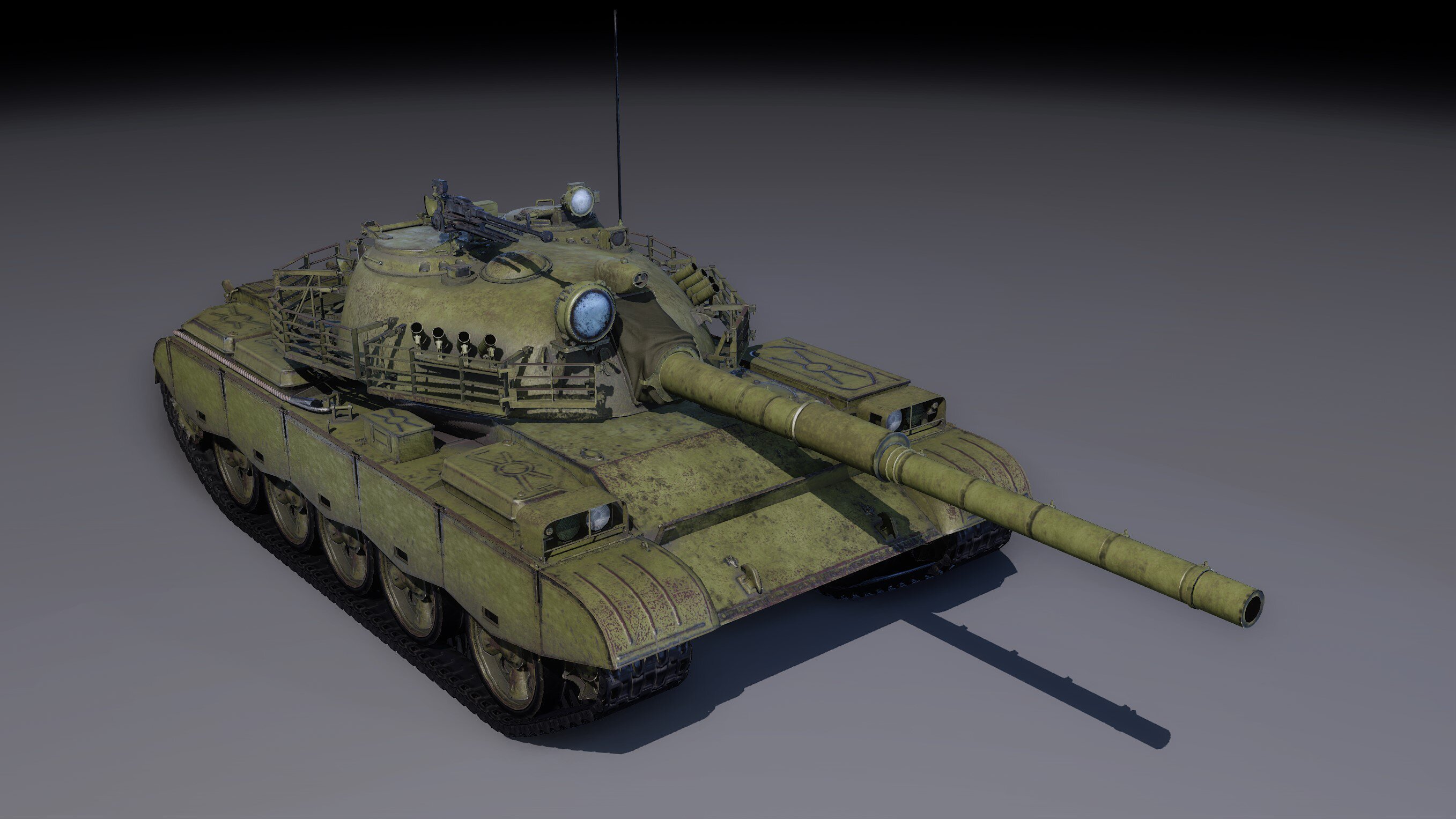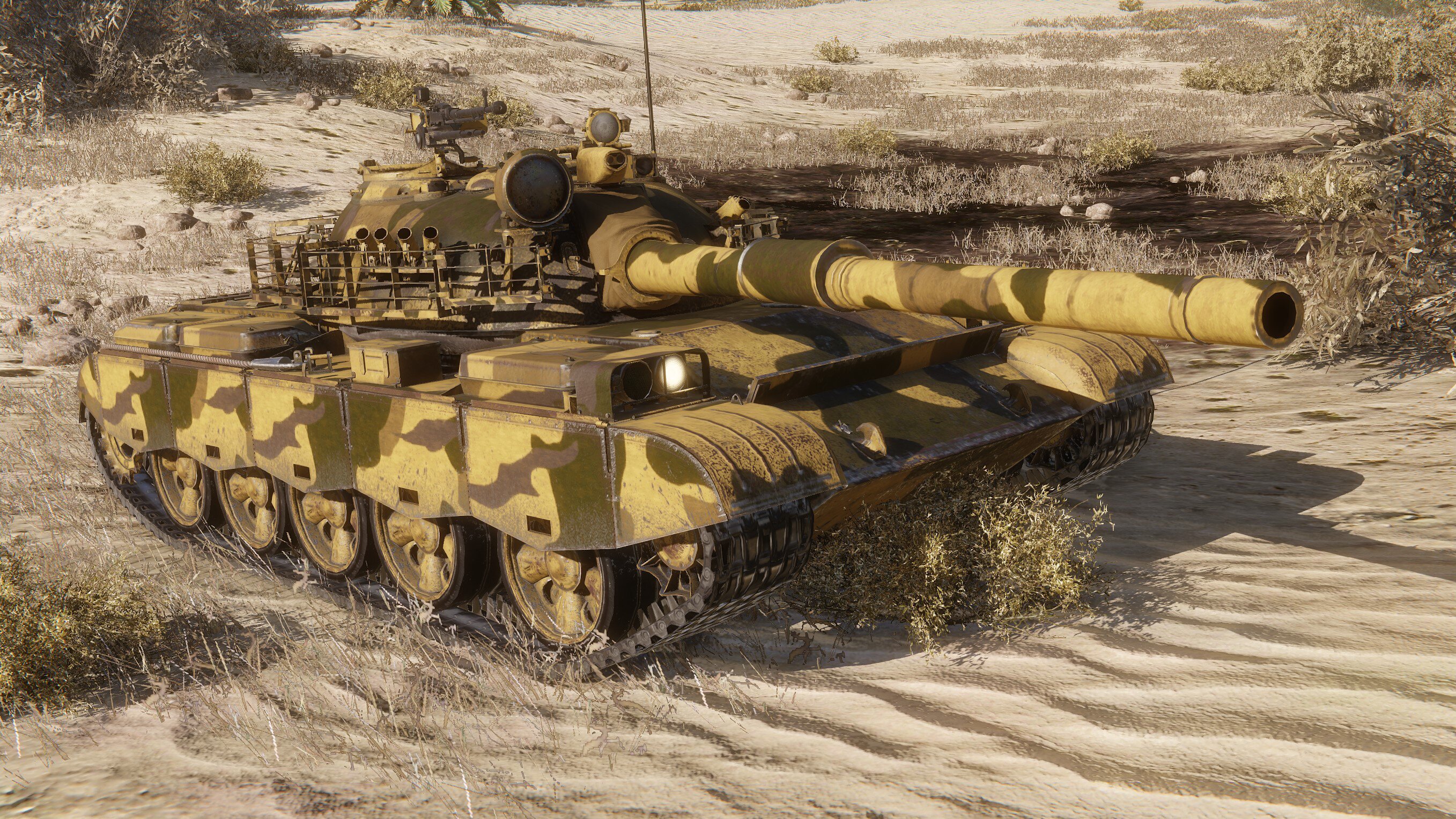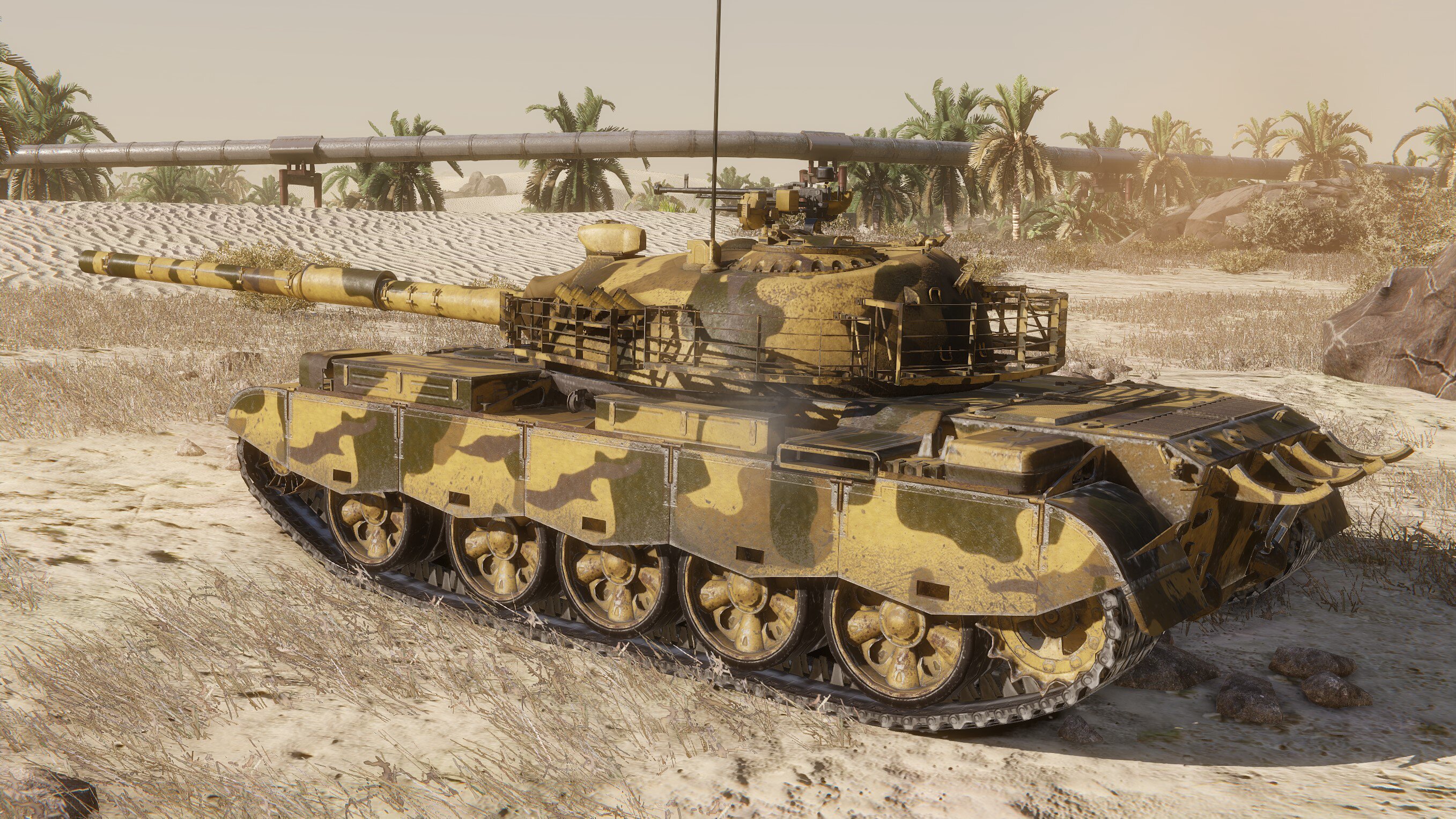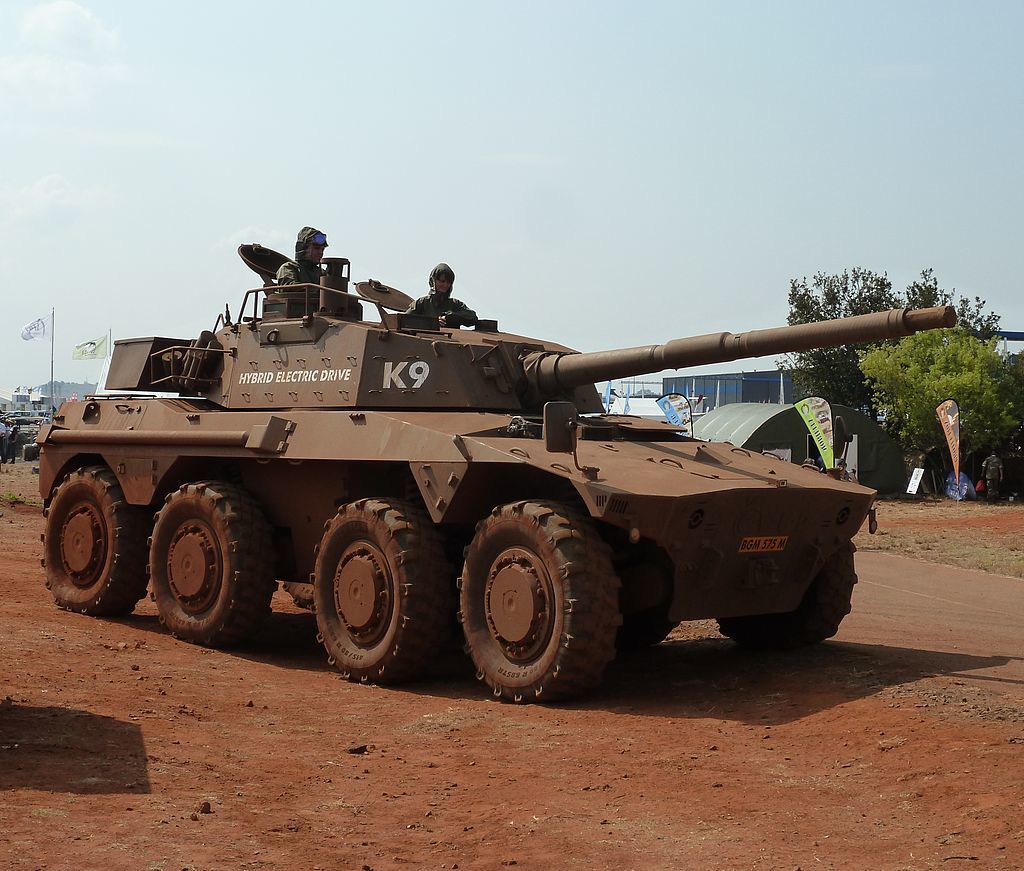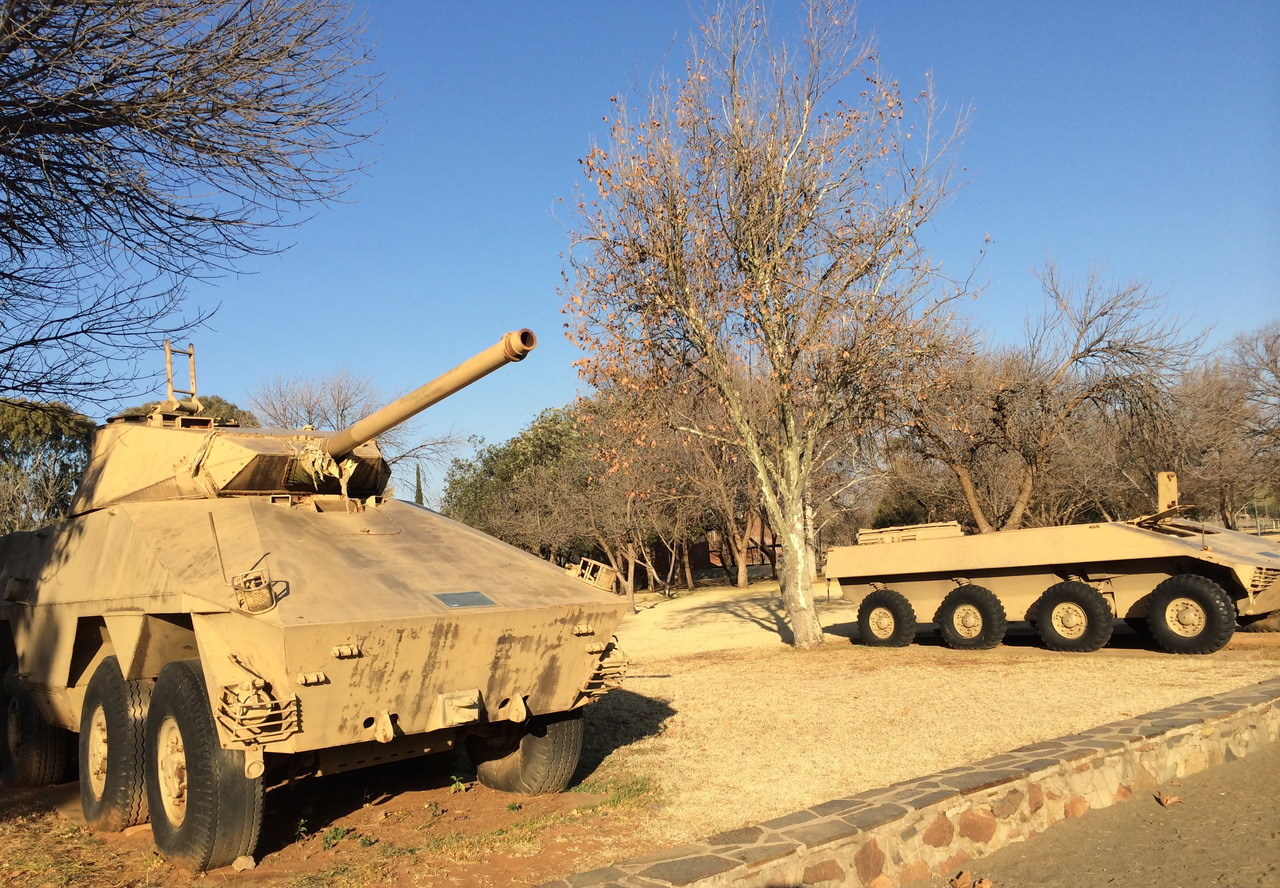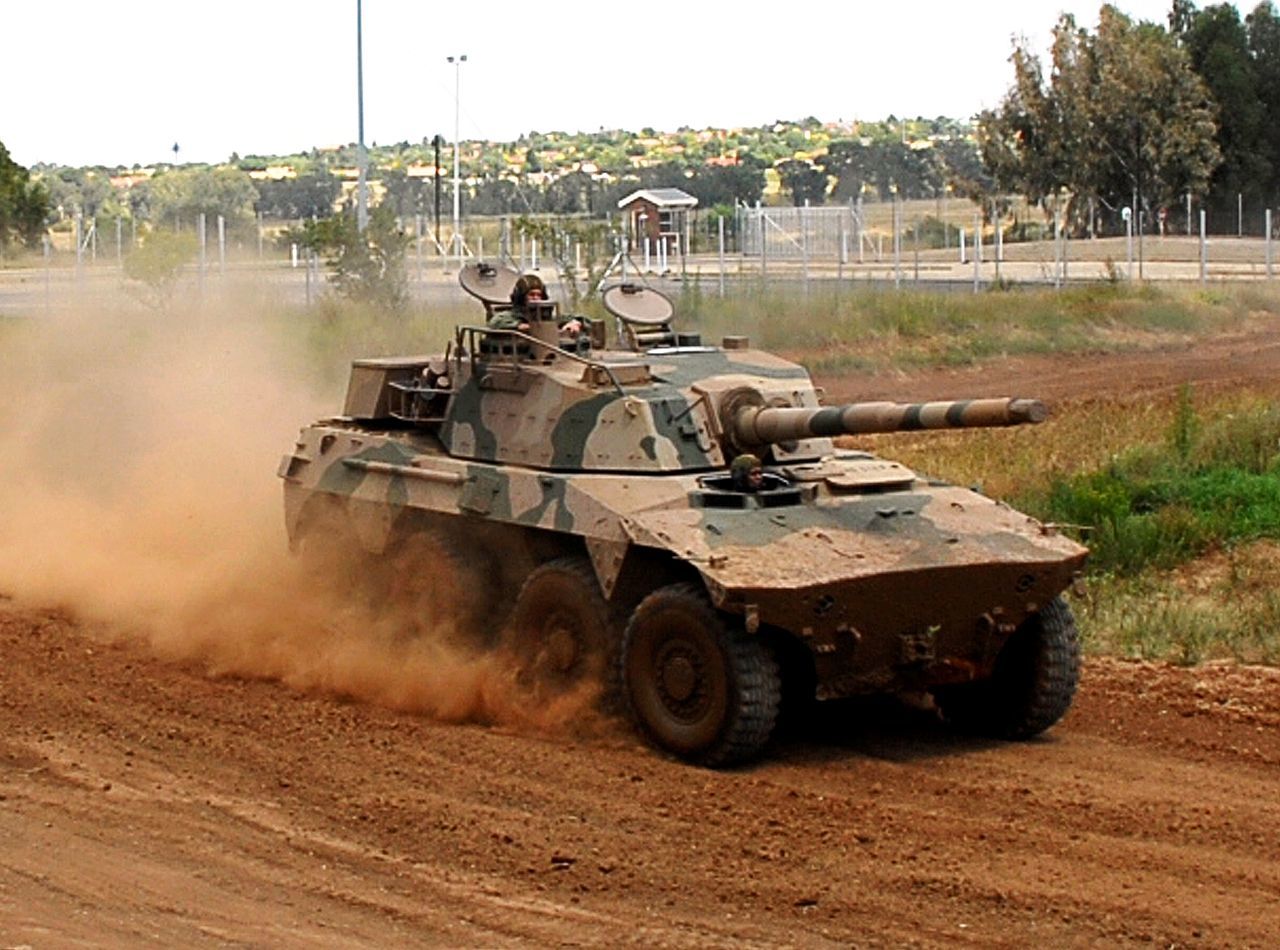
Jan 26, 2018
Armored Warfare - Silentstalker
Commanders!
The Merc edition is back and this time, for good. It consists of five different vehicles, each with its unique play style – anyone can found their ideal machine amongst the Merc vehicles!

Starting today, the following MERC vehicles will be available permanently (including for Gold) in the Web Shop:
Between January 26 and January 30, 2018, the following missions will be active:
The LAV-150 90 is a four-wheeled light fighting vehicle by Cadillac Gage. Originally designed as an affordable, all-steel multi-purpose scout, the Commando, as it's also known, received new teeth in the form of a 90mm Cockerill cannon. This unusually powerful weapon for its Tier allows the LAV-150 to knock out a wide variety of targets – including tanks.

Aside from the permanent offer (including the one from Gold), It is available in the following bundles:
Improved Bundle with 13% discount, containing:

The 2S14 Zhalo-S is an experimental light, highly mobile, Soviet self-propelled gun from the 1980s. It is armed with an 85mm cannon on a BTR-70 wheeled chassis. Despite its unusually low caliber, the gun was very capable of defeating older vehicles, but it lacked the penetration of 125mm guns, a fact that ultimately doomed the project. The surviving prototype is currently located in the Kubinka Tank Museum.

Aside from the permanent offer (including the one from Gold), It is available in the following bundles:
Improved Bundle with 20% discount, containing:

The AMX-10P PAC 90 is a fire support variant of the French AMX-10P tracked infantry fighting vehicle. Designed in the late 1960s, the AMX-10P served in the French military for more than three decades before being officially replaced by the VBCI in 2008. In Armored Warfare, the AMX-10P PAC 90 Fox is a Tier 4 Tank Destroyer. The 90mm GIAT gun gives this AMX-10P a serious punch and makes it a dangerous opponent for all vehicles around its Tier in Armored Warfare. It is also very light and agile, making it a suitable introduction to the Tank Destroyer class for every player.

Aside from the permanent offer (including the one from Gold), It is available in the following bundles:
Improved Bundle with 20% discount, containing:

Germany and the United States cooperated in the 1960s and 70s to create the ultimate Main Battle Tank to replace the aging Patton tank series in service. The MBT-70 prototype tank was the U.S. result of the development program. It was exceptionally well armed with a 152mm gun, capable of firing guided missiles and equipped with cutting edge technology, but high costs and endless delays in development led to the cancellation of this project and the subsequent adoption of a more reasonable design – the Abrams.

Aside from the permanent offer (including the one from Gold), It is available in the following bundles:
Improved Bundle with 21% discount, containing:

When it was designed, the VFM Light Tank by Vickers was expected to be a success. Produced for export, it was just what customers required – MBT-level firepower (thanks to its 105mm Royal Ordnance L7 gun) on a light, tracked and – most importantly – affordable chassis. What the designers at Vickers didn’t anticipate was the end of the Cold War, which flooded the market with surplus cheap armor, sealing the fate of this otherwise excellent vehicle.

Aside from the permanent offer (including the one from Gold), It is available in the following bundles:
Improved Bundle with 21% discount, containing:

Two bundles with multiple Merc vehicles are also available:

Small Merc Bundle with 33% discount, containing:

Large Merc Bundle with 44% discount, containing:

Please note:
The Merc edition is back and this time, for good. It consists of five different vehicles, each with its unique play style – anyone can found their ideal machine amongst the Merc vehicles!

Starting today, the following MERC vehicles will be available permanently (including for Gold) in the Web Shop:
- LAV-150 90 Merc Tier 3 Premium Tank Destroyer
- Zhalo-S Merc Tier 4 Premium Tank Destroyer
- AMX-10P PAC 90 Merc Tier 4 Premium Tank Destroyer
- MBT-70 Merc Tier 6 Premium Main Battle Tank
- VFM5 Merc Tier 6 Premium Light Tank
- BMD-2 Black Eagle Tier 5 Premium Armored Fighting Vehicle
- Stingray 2 Black Eagle Tier 7 Premium Light Tank
Merc Missions
Between January 26 and January 30, 2018, the following missions will be active:
- Win 3 battles in any mode to receive 3 Synthetic Oil consumables
- Win 7 battles in any mode to receive a Platinum Loot Crate
LAV-150 90 Merc
The LAV-150 90 is a four-wheeled light fighting vehicle by Cadillac Gage. Originally designed as an affordable, all-steel multi-purpose scout, the Commando, as it's also known, received new teeth in the form of a 90mm Cockerill cannon. This unusually powerful weapon for its Tier allows the LAV-150 to knock out a wide variety of targets – including tanks.

Aside from the permanent offer (including the one from Gold), It is available in the following bundles:
Improved Bundle with 13% discount, containing:
- LAV-150 90 Merc Tier 3 Premium Tank Destroyer
- 3 days of Premium Time
- 3 Gold Loot Crates

Zhalo-S Merc
The 2S14 Zhalo-S is an experimental light, highly mobile, Soviet self-propelled gun from the 1980s. It is armed with an 85mm cannon on a BTR-70 wheeled chassis. Despite its unusually low caliber, the gun was very capable of defeating older vehicles, but it lacked the penetration of 125mm guns, a fact that ultimately doomed the project. The surviving prototype is currently located in the Kubinka Tank Museum.

Aside from the permanent offer (including the one from Gold), It is available in the following bundles:
Improved Bundle with 20% discount, containing:
- Zhalo-S Merc Tier 4 Premium Tank Destroyer
- 7 days of Premium Time
- 5 Gold Loot Crates
- 2 Platinum Loot Crates
- 500 Gold

AMX-10P PAC 90 Merc
The AMX-10P PAC 90 is a fire support variant of the French AMX-10P tracked infantry fighting vehicle. Designed in the late 1960s, the AMX-10P served in the French military for more than three decades before being officially replaced by the VBCI in 2008. In Armored Warfare, the AMX-10P PAC 90 Fox is a Tier 4 Tank Destroyer. The 90mm GIAT gun gives this AMX-10P a serious punch and makes it a dangerous opponent for all vehicles around its Tier in Armored Warfare. It is also very light and agile, making it a suitable introduction to the Tank Destroyer class for every player.

Aside from the permanent offer (including the one from Gold), It is available in the following bundles:
Improved Bundle with 20% discount, containing:
- AMX-10P PAC 90 Merc Tier 4 Premium Tank Destroyer
- 7 days of Premium Time
- 5 Gold Loot Crates
- 2 Platinum Loot Crates
- 500 Gold

MBT-70 Merc
Germany and the United States cooperated in the 1960s and 70s to create the ultimate Main Battle Tank to replace the aging Patton tank series in service. The MBT-70 prototype tank was the U.S. result of the development program. It was exceptionally well armed with a 152mm gun, capable of firing guided missiles and equipped with cutting edge technology, but high costs and endless delays in development led to the cancellation of this project and the subsequent adoption of a more reasonable design – the Abrams.

Aside from the permanent offer (including the one from Gold), It is available in the following bundles:
Improved Bundle with 21% discount, containing:
- MBT-70 Merc Tier 6 Premium Main Battle Tank
- 5 Gold Loot Crates
- 10 Gold Battlefield Glory 12-hour Boost Tokens
- 15 Gold Crew Insignia tokens
- 15 Gold Commander Insignia tokens
- 15 Gold Reputation Insignia tokens
- 15 Gold Credits Insignia tokens
- 15 Gold Global Reputation Insignia tokens
- 1.100 Gold
- MBT-70 Merc Tier 6 Premium Main Battle Tank
- 15 Platinum Loot Crates
- 15 Platinum Battlefield Glory 12-hour Boost Tokens
- 50 Gold Crew Insignia tokens
- 50 Gold Commander Insignia tokens
- 50 Gold Reputation Insignia tokens
- 50 Gold Credits Insignia tokens
- 50 Gold Global Reputation Insignia tokens
- 2.200 Gold

VFM 5 Merc
When it was designed, the VFM Light Tank by Vickers was expected to be a success. Produced for export, it was just what customers required – MBT-level firepower (thanks to its 105mm Royal Ordnance L7 gun) on a light, tracked and – most importantly – affordable chassis. What the designers at Vickers didn’t anticipate was the end of the Cold War, which flooded the market with surplus cheap armor, sealing the fate of this otherwise excellent vehicle.

Aside from the permanent offer (including the one from Gold), It is available in the following bundles:
Improved Bundle with 21% discount, containing:
- VFM5 Merc Tier 6 Premium Light Tank
- 5 Gold Loot Crates
- 10 Gold Battlefield Glory 12-hour Boost Tokens
- 15 Gold Crew Insignia tokens
- 15 Gold Commander Insignia tokens
- 15 Gold Reputation Insignia tokens
- 15 Gold Credits Insignia tokens
- 15 Gold Global Reputation Insignia tokens
- 1.100 Gold
- VFM5 Merc Tier 6 Premium Light Tank
- 15 Platinum Loot Crates
- 15 Platinum Battlefield Glory 12-hour Boost Tokens
- 50 Gold Crew Insignia tokens
- 50 Gold Commander Insignia tokens
- 50 Gold Reputation Insignia tokens
- 50 Gold Credits Insignia tokens
- 50 Gold Global Reputation Insignia tokens
- 2.200 Gold

Two bundles with multiple Merc vehicles are also available:

Small Merc Bundle with 33% discount, containing:
- LAV-150 90 Merc Tier 3 Premium Tank Destroyer
- Zhalo-S Merc Tier 4 Premium Tank Destroyer
- AMX-10P PAC 90 Merc Tier 4 Premium Tank Destroyer
- 15 Platinum Loot Crates
- 15 Platinum Battlefield Glory 12-hour Boost Tokens
- 30 days of Premium Time
- 2.500 Gold

Large Merc Bundle with 44% discount, containing:
- LAV-150 90 Merc Tier 3 Premium Tank Destroyer
- Zhalo-S Merc Tier 4 Premium Tank Destroyer
- AMX-10P PAC 90 Merc Tier 4 Premium Tank Destroyer
- VFM5 Merc Tier 6 Premium Light Tank
- MBT-70 Merc Tier 6 Premium Main Battle Tank
- 50 Platinum Loot Crates
- 50 Platinum Battlefield Glory 12-hour Boost Tokens
- 10.000 Gold

Please note:
- This event starts on January 26, 16:00 CET (7 AM PST)
- This event ends on February 9, 16:00 CET (7 AM PST)
- Every bundle can only be purchased once per account
- Every bundle is delivered either to the EU server or to the NA server, based on your server selection
- If you already owned a bundle vehicle, you will instead receive its Compensation Value in Gold instead




